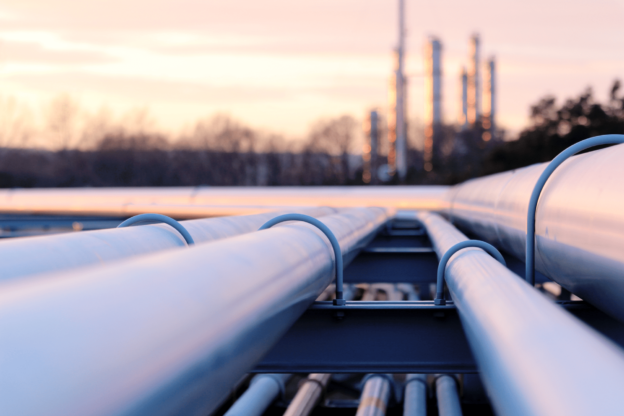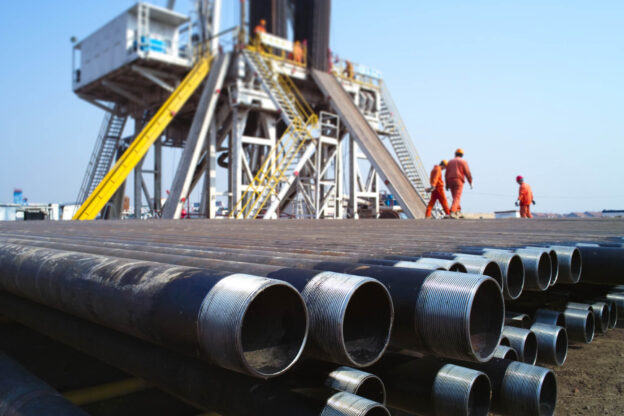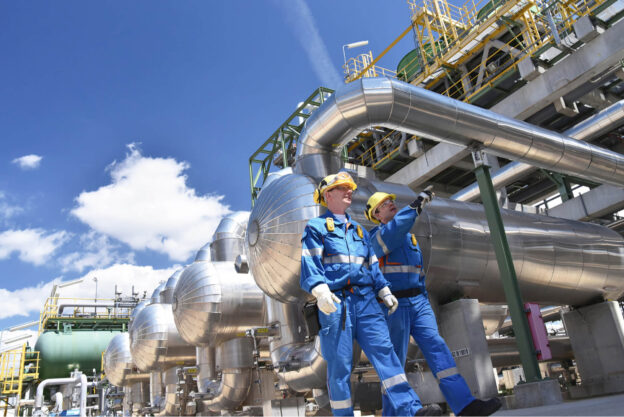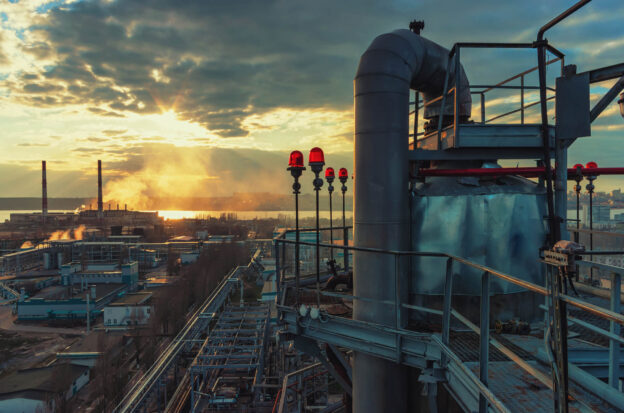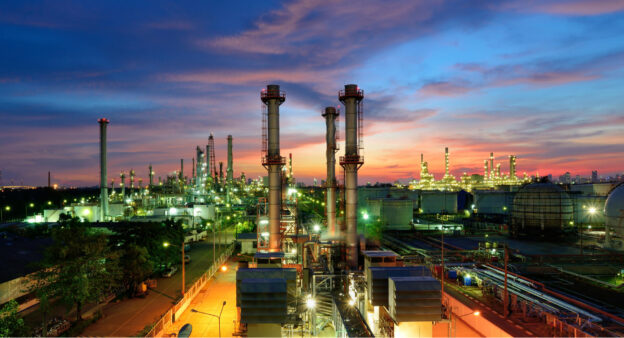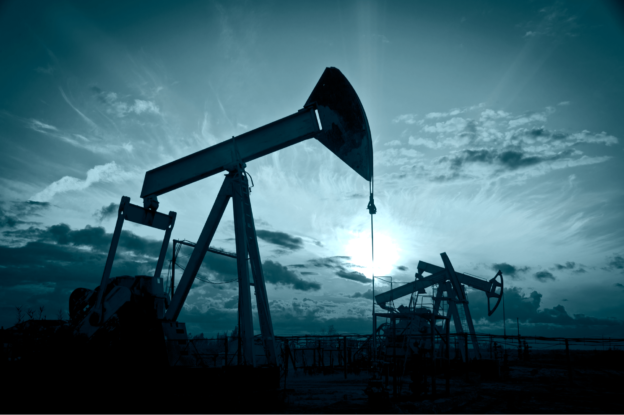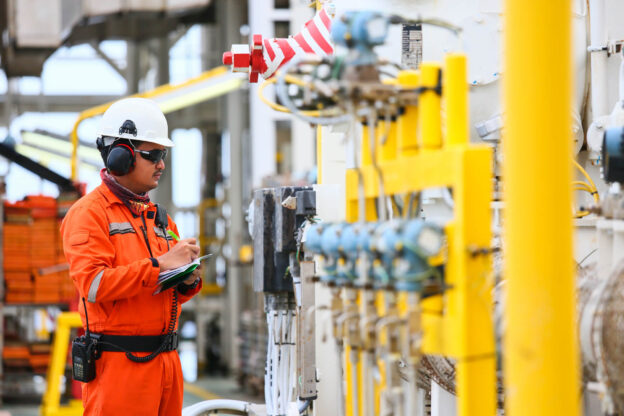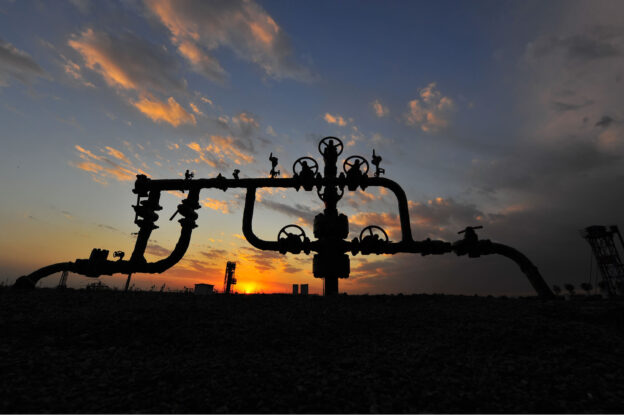We all know that the oil and gas industry literally helps power our daily lives. While we see the physical benefits of using oil and gas, there are several economic benefits that help keep the nation as financially stable as possible.
Here’s a closer look at 4 of the key economic drivers of oil and gas and how our industry helps finance projects that benefit everyday citizens.
Oil and Gas Provides Extensive Revenue for Public Services
Public services like schools, hospitals, and infrastructure require money to provide services to their communities. While the average person’s tax dollars definitely help make these programs successful, a large portion of revenue that public services benefit from comes from oil and gas.
According to the Department of Energy, the oil and gas industry is projected to provide 1.6 trillion dollars in federal and state tax revenue between 2012 and 2025. A healthy portion of those funds will go towards public programs that directly benefit communities and those that rely on them.
National Oil Production Saves Americans Money Every Year
The United States is one of the leading producers of oil and gas around the world. Having the luxury of local production means that oil and gas are accessible and affordable for mass distribution.
While this may not seem like it directly impacts the average oil and gas consumer, the truth is that it does in a massive way. Every year, an American family of four saves around $2,500 as a direct result of oil and gas accessibility.
Affordable Oil Creates New Jobs in Several Industries
Not only does affordable oil and gas make a difference in the household, but it also helps create several openings in the national job market. In 2020 alone, the oil and gas industry was responsible for providing jobs to over 12 million Americans.
However, the oil and gas industry isn’t the only industry that production helps out. In fact, as locally produced oil and gas becomes more accessible, industries like manufacturing have the ability to broaden their community outreach and increase the opportunities for jobs within their individual industries.
Recent Oil and Gas Numbers Show Trade Deficit Savings
Every year, domestic oil and gas production helps the nation save billions of dollars on essential industry products.
According to the Department of Energy, the United States trade deficit was $305 billion lower than it would have been if the nation relied solely on foreign oil and gas production.
Keep the Economy Thriving With the Help of Pro-Gas, LLC
If you are a facility manager in the oil and gas industry, it’s important to keep your daily operations flowing in order to do your part for the economy. Pro-Gas, LLC is proud to provide top-tier oil and gas equipment that helps your team fulfill its everyday responsibilities.
Contact us today to learn more about our Fuel Genies and other essential facility equipment. We provide services nationwide and are ready to help you succeed in the new year!


